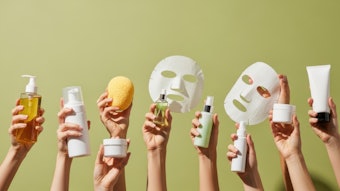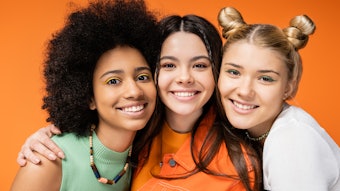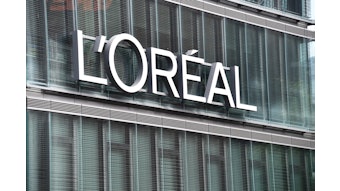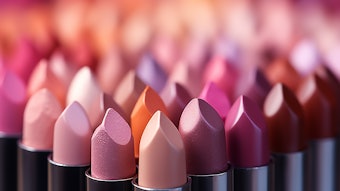
"Artificial intelligence will transform the beauty industry by making it more personalized, efficient and effective," Mintel noted in its 2024 trend forecast. From shade matchers to virtual assistants to generative trend forecasting, AI has already made an impact. Now comes Hue, an AI-powered tech platform that provides brands and retailers with user-generated video content (UGC) to demonstrate how products work effectively across all skin types/tones/concerns.
"After hundreds of interviews with customers, what we kept hearing over and over again was, 'I just want to see real people like me when I shop,'" says Hue co-founder and CMO Nicole Clay. "With the rise of platforms like TikTok and Instagram, people usually search for influencers with their same skin tone or body type before making a purchase."
Current clients include Make Beauty, Laura Gellar, Wrinkles Schminkles, Exa Beauty, 111 Skin, Live Tinted, Surratt, Purlisse and Relevant, with more to be announced.
Hue's platform is able to manage everything from sourcing influencers to gathering data and content to loading and integrating the content onto brands' sites, email campaigns and marketing.
The company argues that this embedded short-form inclusive video boosts sales conversions by 10% and leads to 127% more time spent on brand sites.
"The solution allows prospective online buyers to browse video reviews of 'others similar to them' and actually see how the product looks and feels on lots of different skin tones, hair types, ages and more!" says Clay. "We make it easy for customers to filter and see people who look like them trying the products before purchasing. For example, lipsticks look different on different skin tones and showing the same lipstick on five different skin tones helps customers identify how the shade would really look like on them."
She adds, "Brands are missing out on so much conversion on their websites because customers leave the website to visit social media platforms (such as TikTok, Instagram, YouTube, etc.) to look for reviews of the product on someone that looks like them. As a result, most customers don’t even return back to the brand’s website because they found a better product. Integrating UGC content onto their website decreases the amount of customers who exit the brand’s webpage, driving conversion."
Currently, Hue is pulling content from a vetted group of more than 2,000 consumers with a mix of skin tones, skin types and body types.
Clay concludes, "When customers see a brand that prioritizes inclusivity and are vulnerable enough to add genuine unfiltered videos from everyday people on their webpage, it increases brand loyalty. Especially in today’s age, customers care about a brand’s values. It also increases sales because as mentioned earlier, it incentivizes people to stay on the brands web page longer and drives sales. For example, within one month of having our Video Review Module on our partner 111Skin’s Repair Serum NAC Y², add-to-cart rates increased by 40%."










